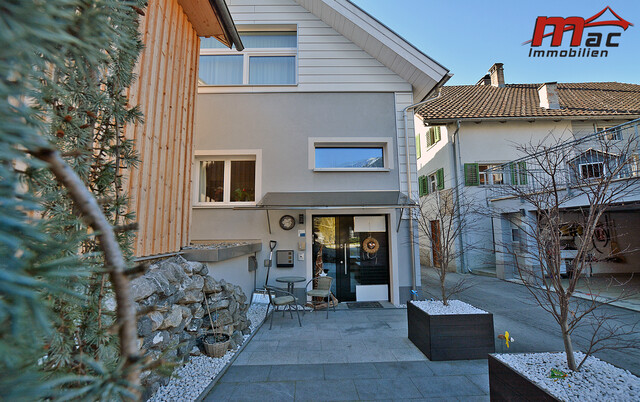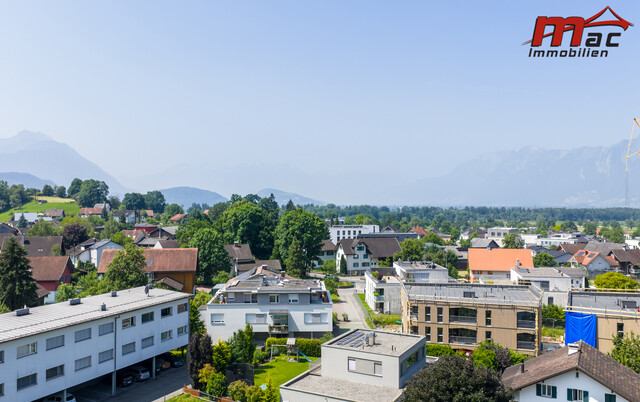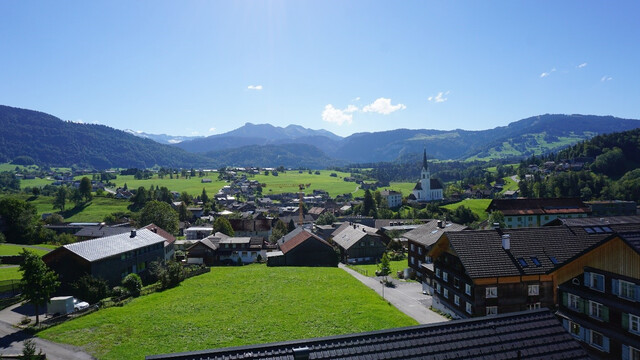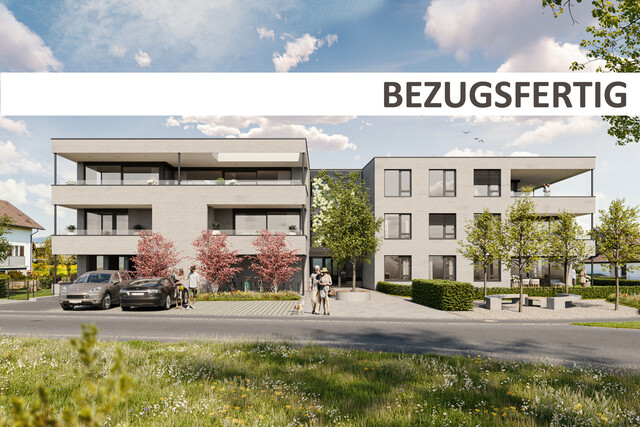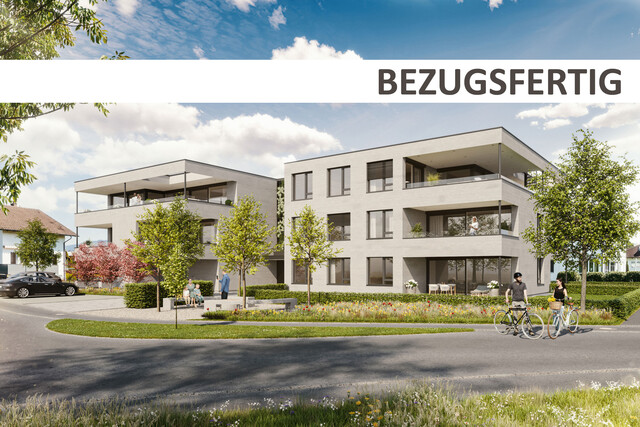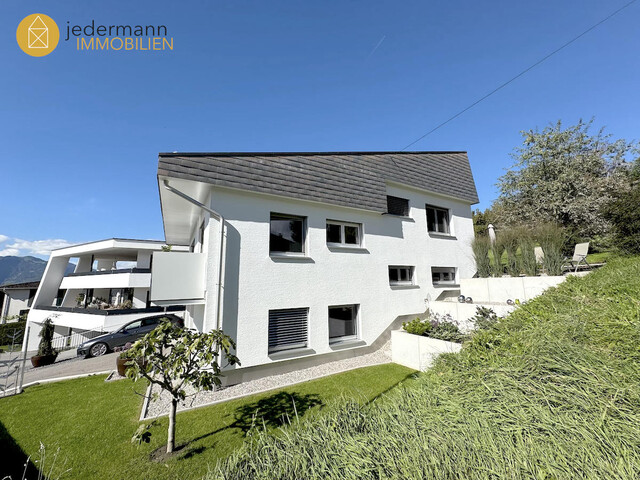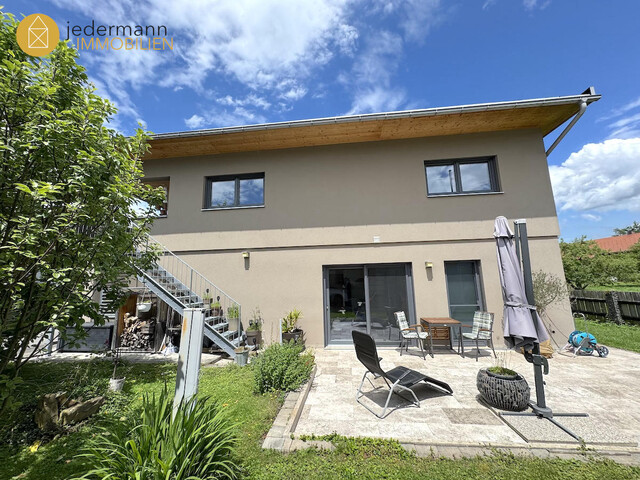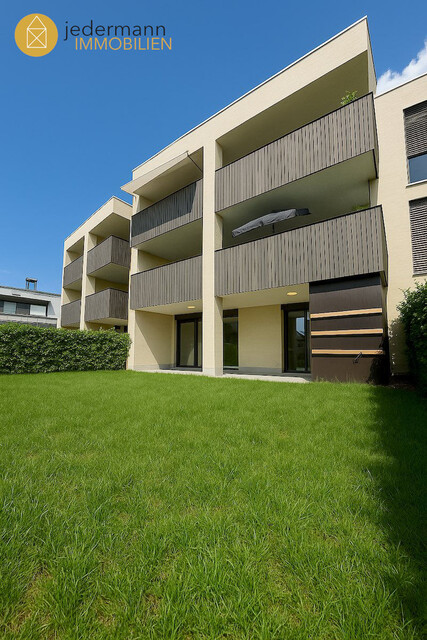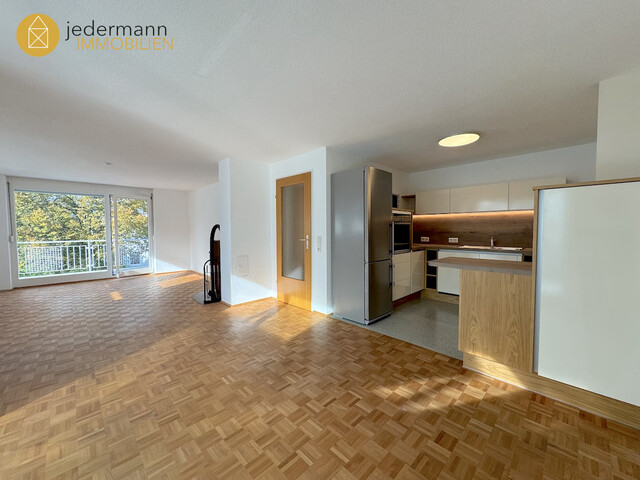Alternative Living Forms in Vienna: From Co-Living to Tiny Houses

In times of increasing urbanization and rising housing costs, alternative forms of housing are becoming increasingly important - also in Vienna. The city is responding with contemporary concepts from co-housing to tiny houses to intergenerational living and senior living communities to meet the changing needs of young and older residents.
Co-Living: Live Individually, Experience Community
Co-living describes a housing concept where individuals live in a community-structured property. It typically features private sleeping areas combined with generous communal spaces such as kitchens, living rooms, or work zones. This form of living is primarily aimed at young professionals, students, or digital nomads who want to live flexibly and socially connected.
In Vienna, there are now several professional co-living providers. Among the most well-known is the project zehn70 in Seestadt Aspern. There, furnished units including cleaning, internet, and leisure facilities are provided. CoLivi offers furnished, private apartments with included utilities and Wi-Fi in Vienna and Graz. Other providers like The Fizz or ÖJAB Student Dormitories integrate similar concepts for temporary living with a communal character.
Co-Housing and Building Groups: Plan Together, Live Together
Co-housing, also known as the building group model, promotes intensive community design of the housing project already in the planning phase. Residents come together, jointly develop a residential building, and design not only their individual living units but also communal areas such as kitchens, gardens, workshops, or community rooms.
A flagship project is the Wohnpark Gärtnerhof in Liesing, where several families, in close coordination with architects and developers, realized an ecologically oriented multi-family house. The Rosegarden Housing Project in Wildgarten on Rosenhügel is also based on a co-housing model. The houses here were specifically designed for social interaction, sustainability, and diversity. Organizations like wohnbund:consult or the platform gemeinsamwohnen.at support building groups in Vienna from the idea to realization.
Communal Living: Actively Living Neighborhood
Communal living aims at living in neighborhood solidarity – regardless of age, origin, or marital status. The focus is on voluntary togetherness, regular communication, and joint activities.
An example is the Wohnprojekt Wien in the 2nd district, where around 100 people live in 39 residential units. Here, residents share, among other things, a communal kitchen, a library, a garden, and event spaces. Other projects like Grätzelmixer or the Habitat Project in Vienna-Floridsdorf set similar accents.
Intergenerational Living: Togetherness of Young and Old
In intergenerational living, people of different ages consciously live together in a residential environment that enables mutual support. Older residents benefit from everyday support from younger ones, while the younger benefit from the experience and often the care provided by the older ones.
An example is the Generationenhaus Meißauergasse in the 22nd district. It was specifically designed for intergenerational exchange, with barrier-free apartments, communal spaces, and supervised neighborhood. Further projects are coordinated through Wohnberatung Wien and Wohnservice Wien, often also within the framework of subsidized housing programs.
Shared Housing for Seniors
Senior shared housing offers older people the opportunity to live independently but not alone. Each resident has their own room with a bathroom, while communal spaces are shared. Unlike assisted living, there is no permanent care here, but a community-organized daily life.
The Wiener Sozialdienste provide shared housing for seniors at five locations in the following districts: Meidling, Hietzing, Ottakring (two shared houses), and Donaustadt. Additional offerings are available from Samariterbund, Hilfswerk, and Volkshilfe, and information about available shared housing in the city can also be found at the Fonds Soziales Wien. Also noteworthy is the Kolpinghaus "Gemeinsam leben" (locations in Vienna-Leopoldstadt and Vienna-Favoriten), where diverse living and care concepts for seniors are combined.
Assisted Living: Security with Independence
In assisted living, seniors reside in barrier-free apartments that can be supplemented by mobile care or social services if needed. The apartments are integrated into residential complexes that sometimes offer communal spaces and organized leisure activities. In Vienna, there are numerous offerings for assisted living, and the city actively promotes this model:
The 30 "Houses for Living" of the Kuratorium Wiener Pensionisten-Wohnhäuser (KWP) offer seniors assisted living in barrier-free single or double rooms as well as apartments. Additional services such as room and laundry cleaning, catering, and social and cultural offerings are available. Mobile care and support can be utilized if needed. The Wiener Sozialdienste operate 33 assisted senior shared houses. Mobile services complement the offering to promote autonomy and self-determination. The Lebenshilfe Wien also offers fully assisted living for people with higher care needs. The Fonds Soziales Wien supports individuals, couples, families, and single parents with children on the way (back) to their own four walls through various assisted living offerings.
Tiny Houses and Modular Construction: Compact, Sustainable, Mobile
Tiny houses are also gaining popularity in Vienna, especially among people who want to live minimally and environmentally consciously. The small houses with a maximum living space of 50 square meters are often located on leased land or in interim use projects.
The Viennese company Wohnwagon offers self-sufficient tiny house solutions with composting toilets, solar power, and water treatment. Other start-ups like NimmE are developing modular housing systems that can be quickly constructed and flexibly combined.
(Red)
This article has been automatically translated, read the original article here.
Du hast einen Hinweis für uns? Oder einen Insider-Tipp, was bei dir in der Gegend gerade passiert? Dann melde dich bei uns, damit wir darüber berichten können.
Wir gehen allen Hinweisen nach, die wir erhalten. Und damit wir schon einen Vorgeschmack und einen guten Überblick bekommen, freuen wir uns über Fotos, Videos oder Texte. Einfach das Formular unten ausfüllen und schon landet dein Tipp bei uns in der Redaktion.
Alternativ kannst du uns direkt über WhatsApp kontaktieren: Zum WhatsApp Chat
Herzlichen Dank für deine Zusendung.
